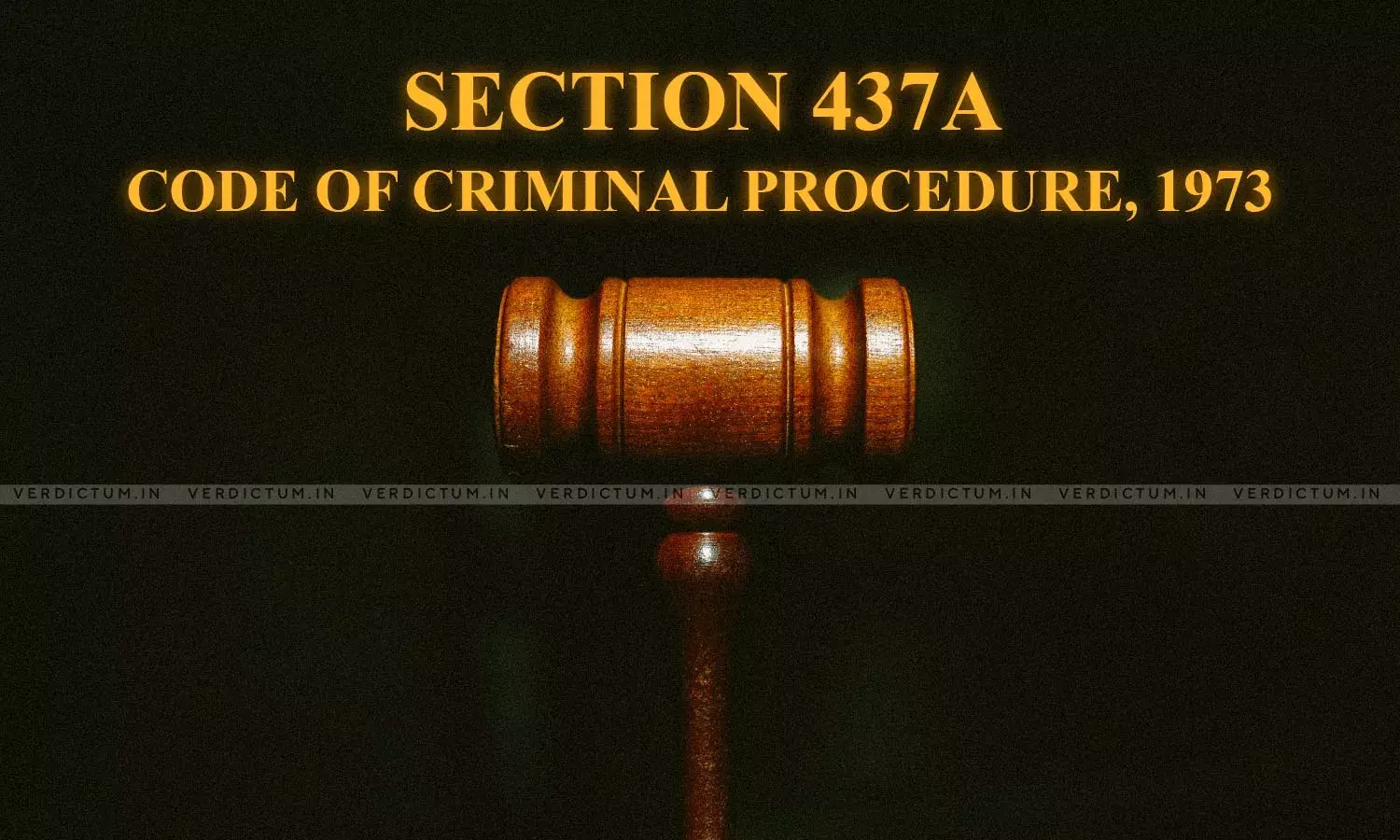Post-Acquittal Incarceration: Section 437A CrPC And The Constitutional Conundrum

In a confounding paradox, the aftermath of acquittal in India often metamorphoses into a prolonged incarceration, a stark contradiction to the very essence of justice. At the heart of this legal conundrum lies the discord between Section 354(1)(d) and the contentious Section 437A of the Criminal Procedure Code (CrPC). While the former mandates the immediate release of the acquitted, the latter demands a mandatory bail bond, casting a shadow of uncertainty over their freedom.
The genesis of Section 437A finds its place in the State of Gujarat v. Harish Laxman Solanki (1994) case, ostensibly conceived to address the challenge of locating acquitted individuals during the appeal process. However, the 2009 amendment, while imbued with good intentions, inadvertently overlooked the sanctity of Section 354(1)(d). This omission, as underscored by the Gujarat High Court in the Omprakash Tekchand Batra case, raises a fundamental query — whether an appeal is merely an extension of the legal process, akin to releasing an accused, rendering the imposition of a bail bond under Section 437A justifiable. Conversely, does the trial court's proclamation of not guilty, guided by Section 354(1)(d), automatically entitle the accused to liberty without the burden of bail bonds?
However, the constitutional challenge before the Supreme Court of India thrusts Section 437A into the crucible of constitutional scrutiny. The paradoxical juxtaposition of Section 354(1)(d) and Section 437A raises a pertinent question — does the imposition of a mandatory bail bond infringe upon the fundamental rights enshrined in the Constitution of India?
Article 14, Article 19, and Article 21 stand as pillars of justice, and the discord between acquittal and incarceration under Section 437A strikes at their very core. The right to liberty, as sacrosanct under Article 21, is trampled upon when an acquitted individual, unable to furnish the mandatory bail bond, languishes behind bars. The spectre of financial constraints amplifies the violation of the right to equality, creating a disparate landscape where access to liberty is dictated by economic prowess.
Furthermore, the right to freedom of movement, enshrined in Article 19(1)(d), withers when an individual, bound by the chains of Section 437A, finds themselves confined and unable to exercise their constitutionally guaranteed freedoms. The very essence of justice is marred when the legal apparatus, instead of being a beacon of liberation, becomes a custodian of captivity.
Additionally, the 268th Law Commission Report of 2017 and the recent judgment of Delhi High Court in the Firsat Hussain Case underscore the imperative for a re-evaluation of Section 437A. The Delhi High Court’s recommendation to amend the provision, echoed in the Bharatiya Nagarik Suraksha Sanhita, 2023 (BNSS), is a clarion call for change. The substitution of the imperative ‘shall’ with the discretionary ‘may’ and the flexible term ‘personal bond with or without surety’ in lieu of the rigid ‘bail or bail bond’ signifies a paradigm shift in legal thought.
And, the BNSS seemingly acknowledges the need for balance. The inclusion of the term ‘bond’ in its Section 483, which is akin to Section 437A CrPC raises the crucial query — does it imply a reprieve in the form of a personal bond?
Thus, this legal conundrum births a dystopian reality where the proclamation of innocence echoes hollow for those acquitted, ensnared in a Kafkaesque legal quagmire. This complexity demands a nuanced, comprehensive resolution that not only upholds the interests of society but also safeguards the constitutional ideals of liberty, equality, and freedom.
As the Supreme Court of India grapples with the constitutional crucible of Section 437A, the scales of justice must tilt towards a harmonious coexistence of societal interests and individual liberties. The resolution must transcend the mere annulment of a legal provision; it must usher in an era where justice, unshackled and true, prevails over the paradoxes that threaten its very essence.
The Author is an Advocate at the Supreme Court of India.
[The opinions expressed in this article are those of the author. Verdictum does not assume any responsibility or liability for the contents of the article.]

